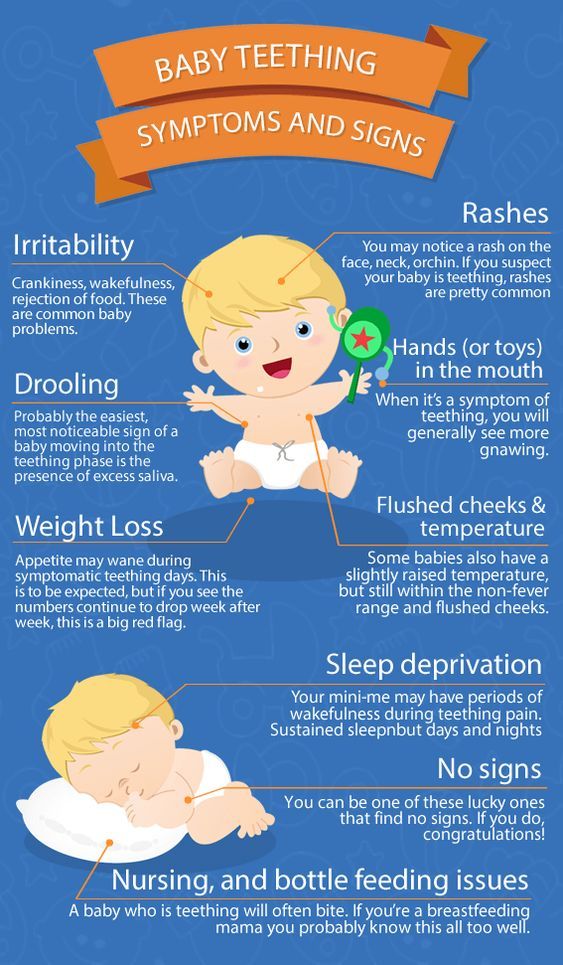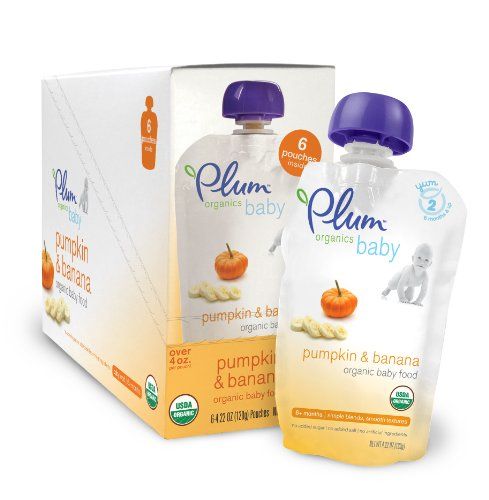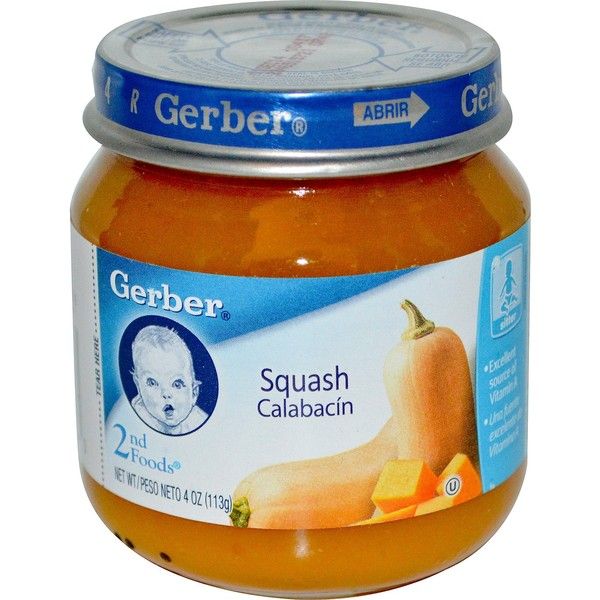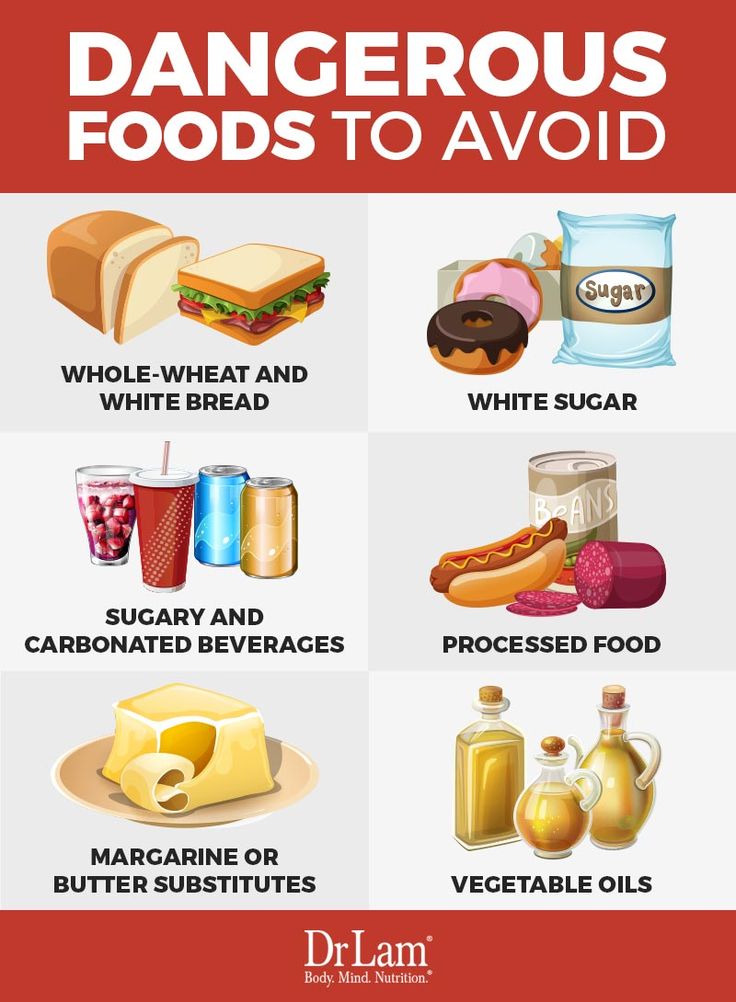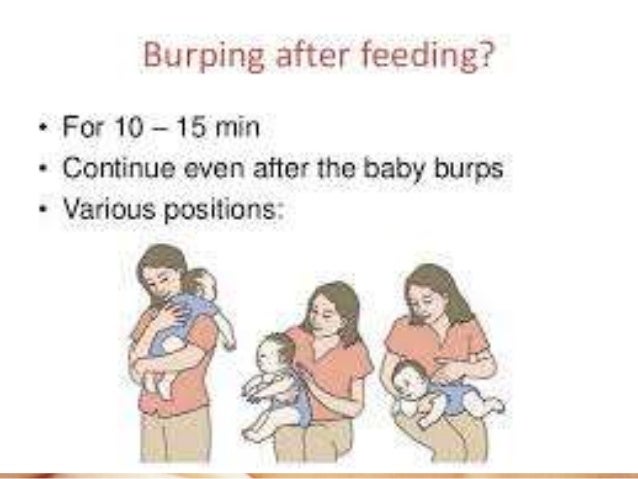Feeding schedule for one year old baby
Easy Feeding Schedule for 1 Year Olds
11, 12, and 13 months plus can be a difficult time to determine a feeding schedule with so many transitions from baby food and bottles. Get these sample feeding schedules for 1 year olds from a feeding expert and mom.
This post is sponsored by Litecup USA.
A baby’s first year is filled with many changes, and as it comes to a close around 11 to 12 months, often one of the biggest changes is fully transitioning to table foods and totally leaving behind baby food. At the same time, parents are also trying to navigate how to wean from breast or bottle. Many parents feel overwhelmed and are unsure how to make these changes, and understandably so.
Although I cover transitioning to table food and bottle weaning here in lots of detail, it is important to have a feeding schedule in mind too because it helps make these big transitions successful. Today, I’m sharing three sample schedules with you that I use as a licensed occupational therapist for babies 11, 12, and 13 months old. Basically, a feeding schedule for 1 year olds, so you can see how to make the transitions work for you.
It is fitting that the sponsor of this post is Litecup USA, a no-spill open cup that also lights up! I know, I’m blowing your mind. Think how perfect that will be when you’re in the car in the evening or to have on the nightstand for a quick sip if they need it in the middle of the night! It is genius! And, it’s fun! Kids, including mine, love it. You will find more in the post about when and why an open cup is great for toddlers.
Feeding at 11, 12, and 13 Months (Aka The 1 Year Old!)
If I had to pick one word to summarize feeding babies at this age, it would be: unpredictable. Honestly, they are so busy and easily distracted that at some meals hardly anything is eaten and others they may seem to eat more than you. This is normal, and I want you to keep that mind. It is important to not jump through too many hoops to get your child to eat, because they will soon learn how to wield that power. Setting up a routine and schedule around meals goes a long way in curbing the unpredictability and potential picky eating.
Setting up a routine and schedule around meals goes a long way in curbing the unpredictability and potential picky eating.
I would also encourage you to move completely to table foods by 11 months, if you haven’t done so already. An occasional pouch is okay when you are out and about, but by this age babies should be eating a variety of table foods. The schedules I share below are made based on this assumption. See further down in the post if your child is having difficulty with this transition.,
In my 8-10 month old feeding schedule, I recommended introducing a straw. If you haven’t done that yet, no problem, they will likely pick it up very quickly. While the straw is a great choice, at this age, your child may be ready to drink from an open cup. I know how shocking that sounds. It is a surprise to most parents, but stay with me.
Open cup drinking is an important developmental skill, and challenges children to use the muscles in and around their mouth in new and different ways. This helps them progress with managing different types of food, as well as their speech. Great, right? But, what about the mess? It is true that there will be a lot of spills and wet shirts with traditional open cups, or you can use a Litecup that has all the benefits of drinking from an open cup without any of the mess! Win- win! I love it, it is the best of both worlds. So be brave and give the open cup a chance. It is a wonderful tool to add into your routine, as you can serve your child’s milk and water in it during mealtime.
This helps them progress with managing different types of food, as well as their speech. Great, right? But, what about the mess? It is true that there will be a lot of spills and wet shirts with traditional open cups, or you can use a Litecup that has all the benefits of drinking from an open cup without any of the mess! Win- win! I love it, it is the best of both worlds. So be brave and give the open cup a chance. It is a wonderful tool to add into your routine, as you can serve your child’s milk and water in it during mealtime.
Because this is a time of transition, I’m going to share with you three schedules so that you can see the transitions. First, you will see the schedule at the beginning of 11 months, then you will see it once the baby is weaned, usually around the first birthday or in the next few months. In the latter case, I gave you samples for either one or two naps, as this is often a transition at this age too! Of course, all of these factors vary from child to child.
Get more specifics for bottle weaning and breast weaning.
*Learn 5 Big Mistakes that Parents (Unknowingly) Make When Feeding Their Baby or Toddler Table Foods in my free workshop. And, learn what to do to help them eat well!*
*This schedule is just a sample. Your child may sleep at different times and you will need to adjust accordingly. I suggest taking note of the time intervals so that you can apply to you child’s individual schedule. You can use this 1 year old sleep schedule as a reference.
6:30-7:00 AM: Wake-Up – Breastfeed/Bottle upon waking *This is usually the second to last feeding you will take away. Sometimes it’s the last if your child is more attached to this than the night time feed.
7:00-7:30 AM: Breakfast – Water available in an open cup or straw cup, table foods (include a fruit/veggie, carbohydrate, and protein).
9:30 AM: Nap
11:00 AM: Breastfeed/Bottle upon waking *This is usually the first milk feeding I take away, if there are no complaints from the baby, and I promptly feed them lunch instead with milk in a cup.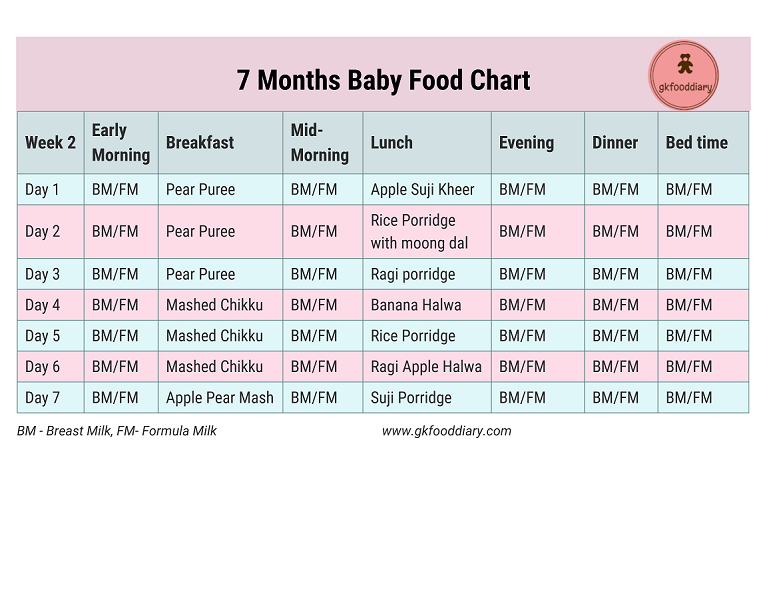 Some babies may start to nurse or take very little from a bottle earlier than their birthday. It is okay to follow their lead.
Some babies may start to nurse or take very little from a bottle earlier than their birthday. It is okay to follow their lead.
11:30-12:00 PM: Lunch – Water in a straw cup, table foods (include a fruit/veggie, carbohydrate, and protein).* Give milk at this meal once the previous formula/breast milk is eliminated.)
1:30-2:00 PM: Nap
3:30 PM: Breastfeed/Bottle upon waking, immediately followed by an optional small snack such as fruit and crackers/dry cereal/rice cake. *This is typically the second bottle or breast feeding I take away, but it can be the first if this works better. Once this bottle is gone, offer milk in a cup and some protein to the meal like peanut butter, hummus, cheese, or beans.
6:00 PM: Dinner – Water in an open cup or straw cup, table foods (include a fruit/veggie, carbohydrate, and protein).
7:30- PM: Breastfeed/Bottle before bed *Typically this is the last breastfeed or bottle you will take away, and it can be the most difficult.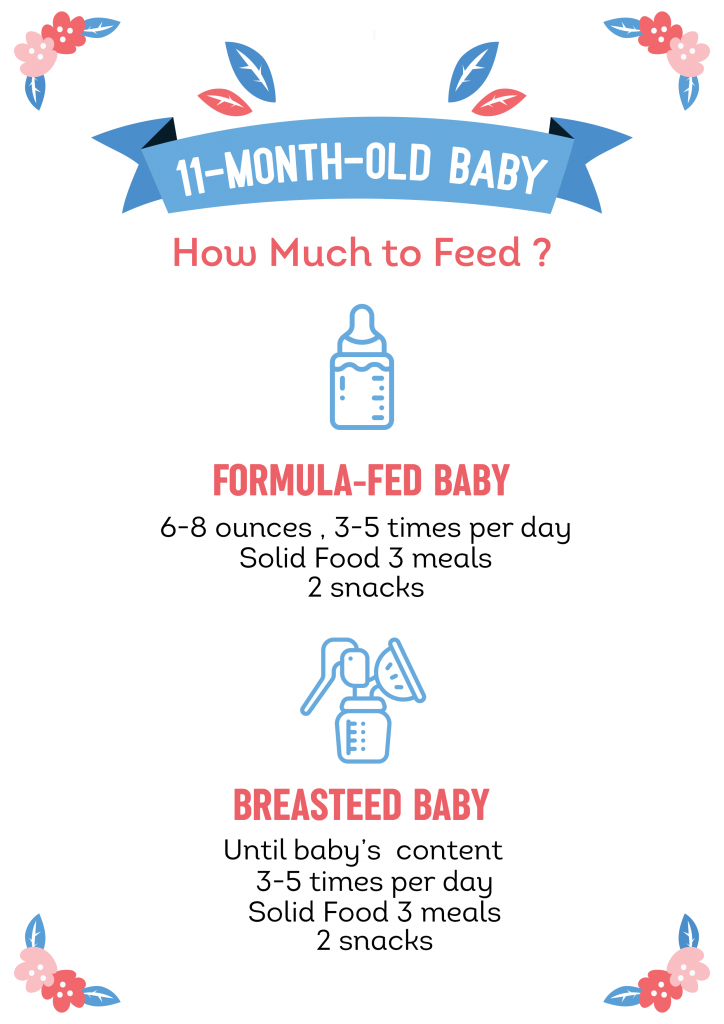 However, feedings at this time won’t interfere with their other meals.
However, feedings at this time won’t interfere with their other meals.
7:45-8:00 PM: Sleeping for the night
*Times are given in a range of possible start times, not duration. If you are concerned about how much your baby needs to eat, see this post on Portion Sizes.
Specifically, this is an example around 12 – 13 months
7:30 – 8:00 AM: Breakfast – 15-30 minutes after waking. About 4 oz. of milk in an open cup or straw, a protein, carbohydrate, and fruit/veggie.
10:30 AM: Nap
12:00 PM: Lunch – 15-30 minutes after waking. About 4 oz. of milk in an open cup or straw, a protein, carbohydrate, and fruit/veggie.
2:30 PM: Snack – About 4 oz. of milk in an open cup or straw, a protein, carbohydrate, and fruit/veggie.
3:00 PM: Nap
5:30 – 6:00 PM: Dinner – About 4 oz. of milk in an open cup or straw, a protein, carbohydrate, and fruit/veggie.
Beginning around 12-13 months Old
7:30- 8:00 AM: Breakfast – 15-30 minutes after waking.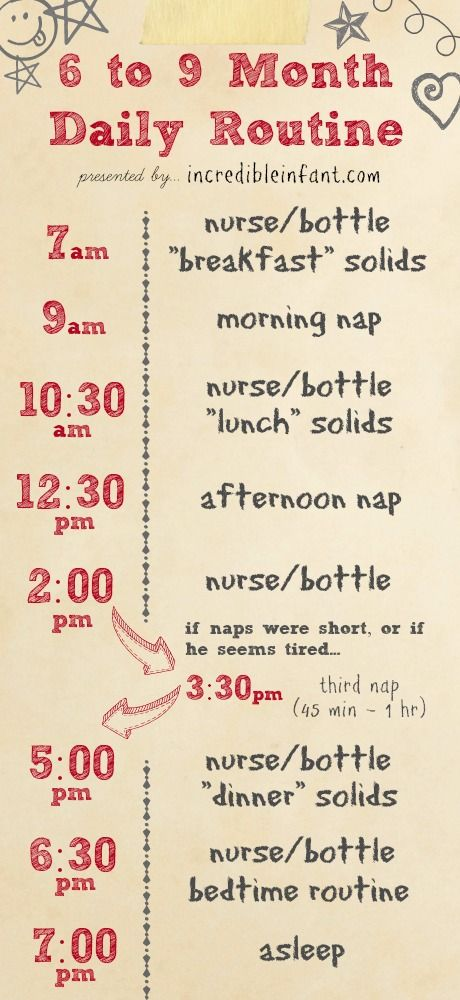 About 4 oz. of milk in an open cup or straw, a protein, carbohydrate, and fruit/veggie.
About 4 oz. of milk in an open cup or straw, a protein, carbohydrate, and fruit/veggie.
11:00 AM: Lunch – About 4 oz. of milk in an open cup or straw, a protein, carbohydrate, and fruit/veggie.
12:00 PM: Nap
2:30- 3:00 PM: Snack – 15-30 minutes after waking: About 4 oz. of milk in an open cup or straw, a protein, carbohydrate, and fruit/veggie. *This meal should include all the elements listed, but will be on a little smaller of a scale.
5:30 – 6:00 PM: Dinner – About 4 oz. of milk in an open cup or straw, a protein, carbohydrate, and fruit/veggie.
A Few Feeding Tips
- Milk should be around 16 oz. total for the day after 1 year of age.
- Ideally, meals should be spaced 2.5 – 3 hours apart, counting from the start of one meal to the start of the next.
- Babies and toddlers are capable of feeding themselves a lot of food at this age. Yes, it’s messy, read the benefits here. I encourage you to allow them to feed themselves as much as possible, even with a spoon!
- If your baby is gagging a lot or you’re nervous about their occasional gag, then head to What You Need to Know About Baby Gagging.

- Try to have as much variety in your toddler’s diet as possible, ideally not serving the same thing two days in a row. Need some inspiration? I’ve got you covered! See The Mega List of Table Foods or The Ultimate List of Meals for Toddlers.
- If you’re concerned about how many calories they’re eating or need to increase your babies weight, then see High Calorie Foods for Babies.
- Around this time you may also be considering getting rid of the binky or dummy, if so, I’ve got a guide that will help you know when and how to do it. Check out Everything You Need to Know About Pacifier Weaning.
What If This Eating Thing Isn’t Going Well?
If you feel like your baby isn’t getting the hang of table foods or is consistently eating very small amounts of food at 10 months of age, then I would strongly suggest scheduling an evaluation through early intervention (if you live in the states) or seeking out a private or outpatient therapist. I also have this free printable: Learn to Eat Table Foods Cheat Sheet, that I’ll send right to your inbox. It has a step-by-step plan and some other tips that will be helpful.
I also have this free printable: Learn to Eat Table Foods Cheat Sheet, that I’ll send right to your inbox. It has a step-by-step plan and some other tips that will be helpful.
Get the Free Printable Here!
Unfortunately, many times, pediatricians advise to wait it out, but trained feeding therapists (usually OTs and SLPs) are able to catch early signs of underlying sensory or motor difficulties. The earlier these problems are addressed, the easier they are to overcome. Head to Everything About Feeding Therapy to read more.
More on Feeding Schedules for Babies from Your Kid’s Table
The Best 6 and 7 Month Old Feeding Schedule, So Easy to Follow
Introducing Baby Food: Everything You Need to Know
The Ultimate Guide to Feeding Milestones for Babies and Toddlers
Feeding Red Flags for Babies and Toddlers
Did You Pin This?
You’ll want to check this out again! Pin it here or hover/tap on any image to get the pin it button.
Alisha Grogan is a licensed occupational therapist and founder of Your Kid’s Table. She has over 14 years experience with expertise in sensory processing and feeding development in babies, toddlers, and children. Alisha also has 3 boys of her own at home. Learn more about her here.
1 Year Old Feeding Schedule (With Sample Meal Plans)
Here’s a look at sample one year old feeding schedules to help you manage (or create!) your routine. I have options for one year olds taking bottles, being breastfed, or being on all solids—plus sample menu plans!
One Year Old Feeding Schedule
Once a baby turns one and is eating meals and snacks, it can help to establish a routine to make it all easier on you to manage. Feeding kids is a lot of work and a basic feeding schedule is a great place to start.
This is meant to offer guidance and to be adjusted for your reality, whatever that may look like, since I know that no two families have the same schedules or eating preferences.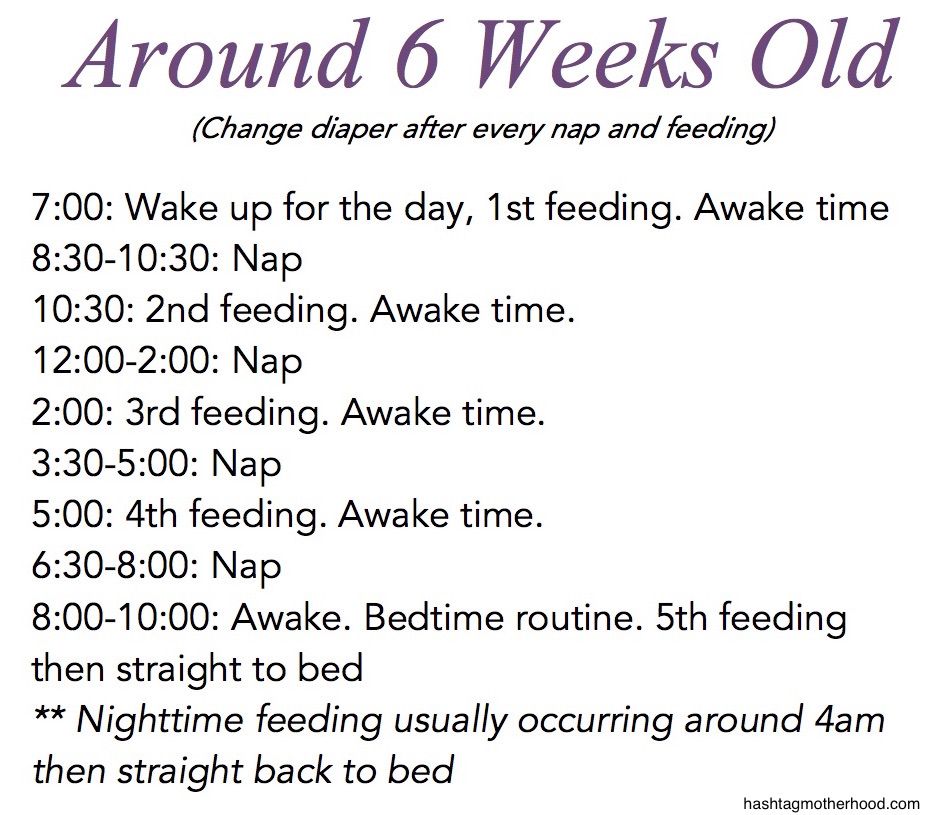
Sample 1 Year Old Feeding Chart
I’m going to share three versions of a sample feeding charts to give you an idea of the time intervals between meals based on when the kiddo wakes up and goes to bed. Generally speaking, 2-3 hours between solid food is a good rule of thumb—though always remember that your child may be hungrier some days than others and may need that timeframe adjusted.
Version 1
This example is for a toddler who’s taking milk in a sippy cup with meals (or drinks water with meals). Let’s assume wake up time is a little after 6 and bedtime is 7 pm. There may or may not be a morning nap, but there is an assumed afternoon nap from about 1-3 pm.
- 6:30 am: Breakfast
- 9 am: Snack
- 12 pm: Lunch
- 3 pm: Snack
- 5:30 pm Dinner
TIP: There could be a simple Bedtime Snack in the mix if needed before bed.
Version 2
This example is for a toddler who’s still drinking bottles and has water with meals.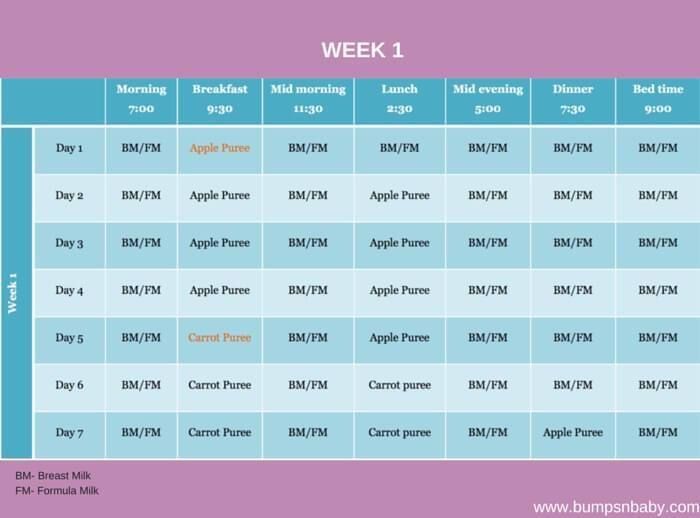 Let’s assume wake up time is 7 and bedtime is 8 pm. There may or may not be a morning nap, but there is an assumed afternoon nap from about 1-3 pm.
Let’s assume wake up time is 7 and bedtime is 8 pm. There may or may not be a morning nap, but there is an assumed afternoon nap from about 1-3 pm.
- 7 am: bottle
- 8 am: Breakfast
- 10 am: Snack
- 12 pm: Lunch
- 1 pm: bottle
- 4 pm: Snack
- 6 pm Dinner
- 7:30 pm: bottle
TIP: We want to wean kids from bottles by 2 at the latest, and the sooner you do it, the easier it often is. Work on transitioning the milk consumption to be with meals during the one year old year, rather than separate standalone bottles, especially if it seems to be limiting hunger for solids.
Version 3
This example is for a toddler who’s breastfed and has water with meals. Let’s assume wake up time is 6:30 am and bedtime is 7:30 pm. There may or may not be a morning nap, but there is an assumed afternoon nap from about 1-3 pm. There of course may be more nursing sessions in the mix here if the child is nursed on demand, so adjust as needed for your real life.
- 6:30 am: breastfeeding
- 7:30 am: Breakfast
- 9:30 am: Snack
- 12 pm: Lunch
- 1 pm: breastfeeding
- 4 pm: Snack
- 6 pm: Dinner
- 7 pm: breastfeeding
TIP: If the child doesn’t seem hungry for snacks, you don’t always have to do them. They may be full from the breastmilk and solids. If breast feeding seems to be limiting hunger for solids, you can consider tapering down the daytime sessions if you want. (No pressure, just know that some kids aren’t hungry enough for all meals and snacks and breastmilk during their one year old year so something could be adjusted if desired.
1 Year Old Meal Plan
I prefer to have a general framework for when meals happen because it helps me to plan the rest of the day. It also helps the kids to generally know what to expect and when, even if it’s as simple as learning that we go outside after morning snack and do our bedtime routine after dinner.
TIP: Find a week’s worth of Sample Meals for Toddlers here.
Frequently Asked Questions
How often do you feed a 1 year old?
Toddlers generally eat around every 2-3 hours, but that may vary depending on their own unique hunger.
How many bottles should a 1 year old have per day?
After turning 1 year, a child may be having a few bottles, but we want to transition over to sippy cups of milk served with meals by 18-24 months. If the child doesn’t seem hungry for solids, that could be a good reason to start tapering down separate milk feedings.
How many meals should a one year old have each day?
Most one year olds eat 3 main meals and 2 snacks. That may vary based on whether there are bottles or breastfeeding in the mix.
How many oz should a one year old eat?
The best guide for the amount of food any child should eat is their own unique hunger.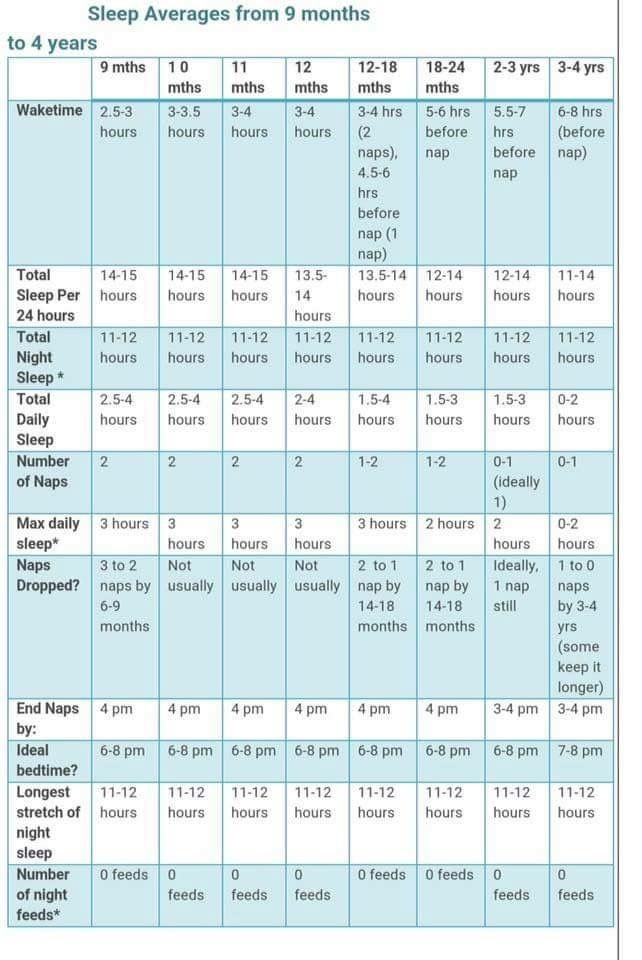 Start with smaller portions and allow more according to their hunger. (Read more about the Division of Responsibility in Feeding for more of the reason behind approaching meals this way.)
Start with smaller portions and allow more according to their hunger. (Read more about the Division of Responsibility in Feeding for more of the reason behind approaching meals this way.)
Why doesn’t my one year old eat foods they loved as a baby?
There are may possible reasons, but there are two common ones. First, one year olds grow less rapidly than they did as babies and are often less hungry. This may mean they eat fewer and less foods than they used to. Second, there is a normal developmental phase known as neophobia where kids are more fearful of new and less familiar foods.
Both can happen at this age and can look like “pickiness” to parents. (It’s frustrating, I know, but my goal is to simply point out that there are often clear reasons behind the behavior we’re seeing.)
Picky Eating in One Year Olds
I hear from a lot of parents with 14-19 month olds who are suddenly “picky” and aren’t interested in the food that they used to love as a baby. Here’s what to keep in mind if that describes your situation:
Here’s what to keep in mind if that describes your situation:
It is very normal for one year olds to grow less rapidly than they did as babies, and to have a correspondingly lower appetite. It is very common for parents to see kids eating less and fewer foods and assume it’s “pickiness” when in fact the child is simply not as hungry as we expect them to be.
Try serving smaller portions, spacing out meals or snacks a bit, and letting it be okay if the child eats less than you expect.
Also developmentally, kids this age are exploring all of their boundaries—from the color of their socks to the fork they prefer to whether or not they want to walk on the sidewalk—so it’s normal to see some of this show up at the dinner table.
This is not a sign that anything is necessarily wrong, but is it usually a normal part of the kids realizing they are independent from us, have the power to say “no” (and get a reaction), and voice their opinions.
Remember: It’s not your job to “get” your child to eat. It’s your job to offer a variety of food that is tasty, easy for them to chew, and developmentally appropriate. It’s also our job to set the routine for when and where meals happen and what things are like during meals—we sit in our chairs, we don’t throw our food, etc. It’s their job to decide how much of the food to eat and which foods.
It’s your job to offer a variety of food that is tasty, easy for them to chew, and developmentally appropriate. It’s also our job to set the routine for when and where meals happen and what things are like during meals—we sit in our chairs, we don’t throw our food, etc. It’s their job to decide how much of the food to eat and which foods.
If we expect these factors during toddlerhood, it’s much easier to empathize and understand why they are happening—and realize that our kids are doing the normal work of figuring out their world.
TIP: Toddlers go through a normal phase called “neophobia” where they are naturally more skeptical of less familiar foods (or even foods they haven’t seen in a few days or weeks). Read up on that developmental stage so you can keep what you’re experiencing in perspective.
How do I know if my toddler is eating enough?
The general rule of thumb is to consider if the child is growing, gaining weight, and meeting milestones.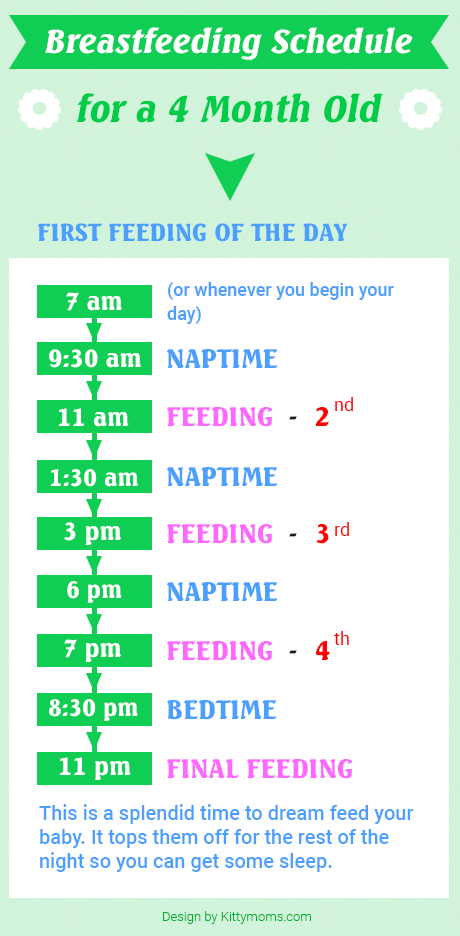 Do they mostly seem happy? If the answers to all of those are yes, chances are very high that the kiddo is eating plenty. But, if your gut tell you that something is off or your pediatrician is concerned with growth (such as falling off of the child’s own unique growth curve), you may need additional help from your pediatrician or a feeding therapist.
Do they mostly seem happy? If the answers to all of those are yes, chances are very high that the kiddo is eating plenty. But, if your gut tell you that something is off or your pediatrician is concerned with growth (such as falling off of the child’s own unique growth curve), you may need additional help from your pediatrician or a feeding therapist.
TIP: I recommend Thrive by Spectrum Pediatrics and Lutz, Alexander & Associates Nutrition Therapy for personalized feeding therapy. My ebook How to Relax about Picky Eating can help too.
Best Tips for Success
- Plan to have a general feeding schedule, that can adjust to realities of life, to make it easier on you to plan—and easier for the kids to know what to expect from their day.
- Allow 2-3 hours between solids, adjusting for the child’s hunger as needed.
- Aim to transition off of bottles by 18-24 months. (And learn why you don’t need Toddler Formula unless medically advised.)
- Here are more Sample Toddler Meal Plans to refer to as the kids grow and a basic Toddler Nutrition Chart.
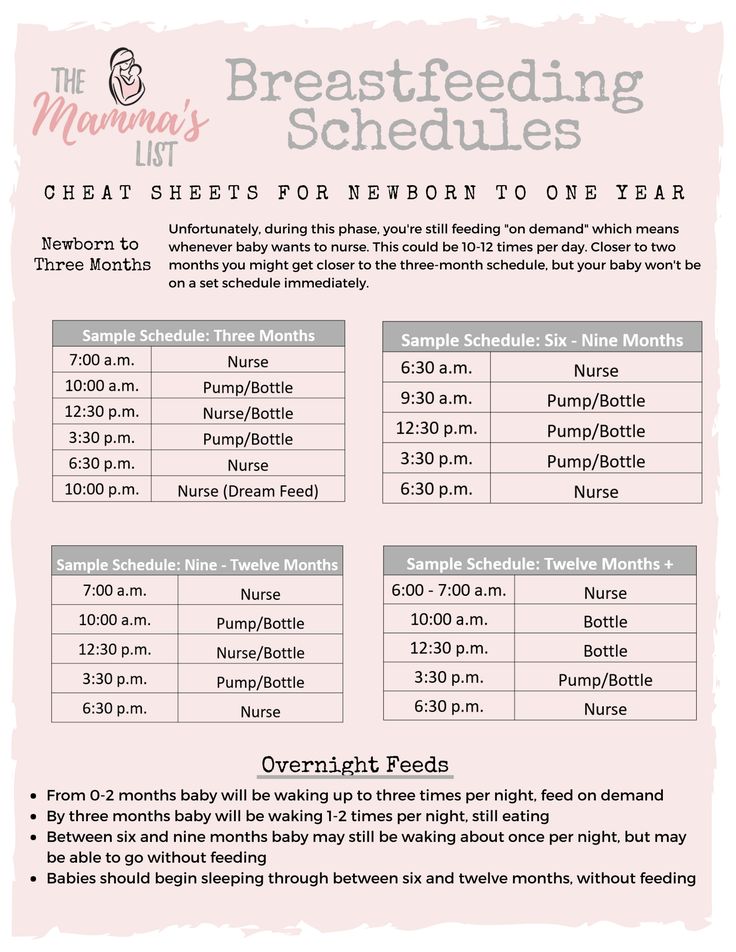
- Learn more about how to Wean a Toddler and how to Night Wean.
- If you’re worried about picky eating, this post on what’s normal will help.
- For help on understanding how to trust the kids to eat to their own unique fullness, start with the Division of Responsibility and then see this post with FAQ on Picky Eating.
I’d love to hear your feedback on this post, so please comment below to share!
WHO recommendations for the introduction of complementary foods
08.08.2019
Readiness of the child to complementary foods According to the WHO recommendation, existing for 2018, it is optimal to introduce complementary foods to an infant at 6-8 months. Until six months, the baby's gastrointestinal tract is still not sufficiently formed, all the necessary enzymes are not produced for the assimilation of food other than mother's milk or formula. And by 9-10 months, the child can already form stable stereotypes of eating only liquid food, and overcoming them will be painful and difficult for the baby. nine0003
nine0003
Thus, WHO defines the following signs of a child's readiness for the introduction of complementary foods: the maturity of the digestive system; extinction of the solid food ejection reflex; the appearance of the first teeth, making it possible to chew; the readiness of the baby to be stable in an upright position; emotional readiness for new tastes and sensations.
Complementary feeding system WHO has developed recommendations for three complementary feeding options: cereals, vegetables, and meat.
Fruit complementary foods are not recommended for cereals and vegetables. This is due to the fact that up to 8-9 months the gastrointestinal tract of the baby is not ready for the absorption of raw fruits and fruit juices. It is vegetables and cereals that will populate the intestines with the necessary bacteria for the absorption of fruits.
Kefir, according to the WHO, is not considered complementary foods because it is not a solid food.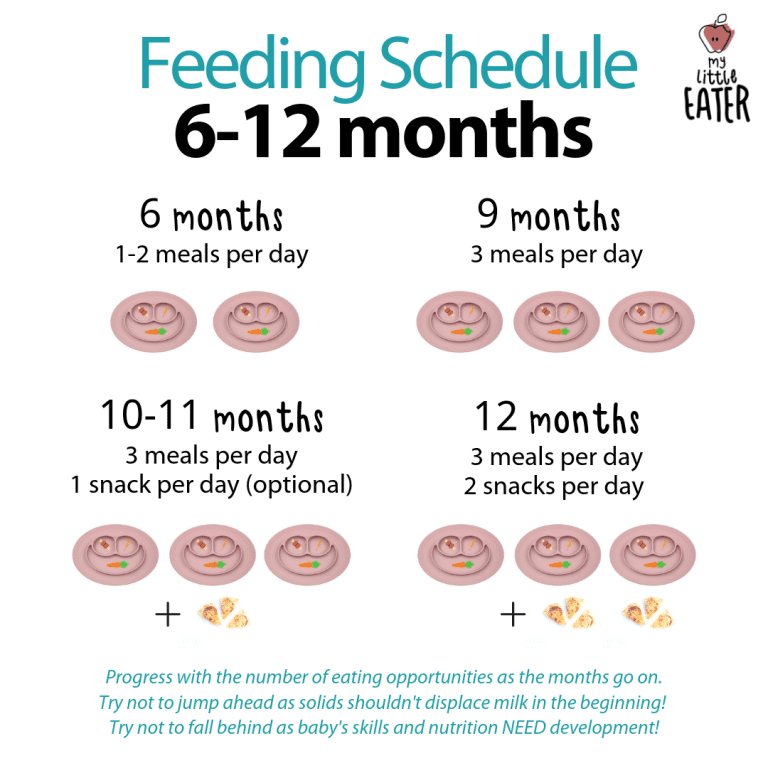 The WHO complementary feeding scheme includes kefir only as an additional food from 8 months. The introduction of cow's milk is recommended by WHO only from 12 months. nine0003
The WHO complementary feeding scheme includes kefir only as an additional food from 8 months. The introduction of cow's milk is recommended by WHO only from 12 months. nine0003
Any complementary feeding scheme assumes that portions of complementary foods will systematically increase from half a teaspoon to 100-200 g. The first dishes for complementary foods are prepared exclusively with one-component. Each next component is introduced only after complete addiction to the previous one (6-7 days).
Product sequence
The following sequence of introduction of complementary foods is proposed.
- Vegetables at 6 months. nine0022
- Porridges on the water (oatmeal, buckwheat, corn) at 6.5 - 7 months.
- Fruit puree, yolk at 8 months.
- Milk porridge at 8-9 months.
- Meat puree at 9 months.
- Meat by-products at 9-10 months.
- Kefir, cottage cheese, yogurt at 9-10 months.

- Fish at 10 months.
- Juice at 10-12 months.
- Berry puree at 12 months. nine0022
- Meat broths at 12 months.
The introduction of vegetable oil (olive, sunflower) in puree and porridge is allowed from 6 months: a scheme with 1 drop with a gradual increase to a volume of 1 teaspoon. The introduction of butter begins at 7 months: the scheme is from 1 g to 10 g in porridge.
For formula-fed babies, the first feeding schedule is similar, with a few exceptions. For these babies, it is better to introduce complementary foods from 5 months, because the milk mixture does not give the small body all the “building material”. The introduction of complementary foods differs only in terms: vegetable purees and cereals are introduced a month earlier. nine0003
First cereals
If the child's weight is significantly less than normal, WHO recommends starting complementary foods with non-dairy cereals. For babies, cereals are prepared only with non-dairy, unsalted, semi-liquid, absolutely homogeneous in consistency. The first cereals are prepared from cereal flour (the sorted and washed cereals are carefully ground and crushed).
For babies, cereals are prepared only with non-dairy, unsalted, semi-liquid, absolutely homogeneous in consistency. The first cereals are prepared from cereal flour (the sorted and washed cereals are carefully ground and crushed).
The following sequence of introduction of cereals is proposed: buckwheat, rice, corn, oatmeal, semolina. It is recommended to cook semolina porridge only once a week, because it contains practically no nutrients, but it is rich in gluten, which can cause problems in the intestines. Proportion for the preparation of the first porridge: 5 g of cereal flour per 100 ml of water. After slightly cooling the finished porridge, chop again. In the finished porridge, you can add 1-2 drops of vegetable oil or a little expressed breast milk. nine0003
From 9 months, the baby's nutrition system involves multicomponent cereals, from products already well known to the child. You can already add vegetables and fruits familiar to the baby to cereals. At 9 months, it is allowed to cook barley and millet porridge for babies. And by 10-11 months, cereals on the water will be a great addition to meat and fish meatballs and steam cutlets.
At 9 months, it is allowed to cook barley and millet porridge for babies. And by 10-11 months, cereals on the water will be a great addition to meat and fish meatballs and steam cutlets.
Vegetable food
The first purees are made from one vegetable.
The sequence of introducing vegetables into complementary foods for babies suggests the following order: zucchini, cauliflower, pumpkin, potatoes, carrots, green peas, beets. These vegetables are introduced within 6-9baby months. After 1 year, you can give your child cucumbers, eggplants, tomatoes, sweet peppers, white cabbage. After preparing the puree, make sure that the mass is completely homogeneous, there are no fibers and small particles, the consistency is semi-liquid. Don't salt. Add 1-2 drops of vegetable oil or expressed milk.
If the child refuses vegetable complementary foods, cancel this product for 1-2 weeks. Try to temporarily replace it with another and return to it after a while.
Meat supplements
From 9 months old, the first meat purees are recommended for babies. The first courses are recommended to be prepared from lean meats: rabbit; quail; turkey; chicken.
Complementary foods for a 6-month-old baby are recommended to be introduced in the morning. This will allow you to track the child's reaction to an unfamiliar product before a night's sleep: is there a rash, intestinal disorders, anxiety in the baby, profuse regurgitation. It is better to give vegetables or porridge first, and then saturate with breast milk or formula. Gradually, porridge and a vegetable dish will replace one full meal. The dish must be warm and freshly cooked. Gradually, by the age of 1, your baby will develop taste preferences. You will know what dishes he eats with pleasure. In the meantime, try to fully expand the child's diet with products necessary for growth and development. nine0069
Be healthy!!!
WHO Complementary Feeding Charts and Charts
This article is a summary of two approaches to introducing complementary foods and feeding infants under one year of age: the Russian Research Institute of Nutrition of the Russian Academy of Medical Sciences and the World Health Organization (WHO). Also, the analysis took into account the opinions of some respected pediatricians of our country (Y. Yakovlev and others). nine0073
Also, the analysis took into account the opinions of some respected pediatricians of our country (Y. Yakovlev and others). nine0073
This page has a link to a PDF file with a table (calendar) for introducing complementary foods for the first 6 weeks
Two main principles for introducing complementary foods
The main thing to keep in mind before rolling up your sleeves is introduced to prepare for the common table (that is, the baby must learn to eat on his own)
This is the most important of all the variety of reasons to start introducing complementary foods. Of course, there are exceptions in terms of health, but we are talking about a standard situation. nine0003
Since the first stage of introducing complementary foods is precisely preparation, no breastfeeding during this period (according to WHO up to 1 year) should be removed or replaced with complementary foods.
And the second conclusion must always be put at the forefront of eating behavior. No cartoons, running after a child with a spoon, and even more so violence and blackmail.
Yes, at the first stage you will stuff the spoon, it is not difficult. It will be much more difficult to retrain a 1.5-year-old child to eat on his own or, even worse, form a food interest from scratch if the child does not start eating properly or refuses to eat (this is an extreme case). nine0003
I will say with the doctor's words "A hungry child eats, but a tired child sleeps." This reflects the essence of a well-formed eating behavior: I want to eat - I eat. Of course, this is more typical for an older child, when all stages of complementary feeding have been completed. And the right tactics at the very beginning is the key to the successful implementation of this rule in the future.
So, we remove all the garbage from the head (including those imposed by pediatricians working according to Soviet manuals) and move on to the tactics of the first complementary foods. nine0003
nine0003
When to start introducing complementary foods
When to introduce complementary foods? I have already written about this in part in a general article. Here I will be guided by the WHO methodology stated above. It's written in black and white.
“The start of introducing complementary foods should be considered the age of 6 months, and not the beginning, but the end of 6 months or 26 weeks
It is important to know the main indicators of readiness for complementary foods other than age.
Not the beginning of 6 months, but the child reaching the age of 6 completed months. Therefore, if your pediatrician once again prescribes complementary foods for you from 4 months without serious medical reasons, you can smile and keep a printout from this manual in your pocket. Non-critical weight loss does not apply here. This is a very complex topic, it should be discussed separately. At least 125 grams per week, babies should gain on GW, and not 700-800-800 . .. per month as in their Soviet-era tables. nine0003
.. per month as in their Soviet-era tables. nine0003
Dear mothers, breathe out. You have a whole month from 6 to 7 to start introducing complementary foods. It is absolutely not necessary to do this at the 21-22nd week (page 220 of the WHO recommendations, chapter 8).
It is better not to delay 8 months later, as this will already concern the development of certain chewing skills, the development of taste perception, and not just the inability of milk to provide all the needs of a rapidly growing organism in micro and macro elements.
In addition to 7 months, in general, the development of the nervous system allows the child to master the following skills:
- biting and chewing
- cleansing the spoon with the lips
- lateral movements of the tongue
- moving food towards the teeth
All this indicates the ability of a child by the age of 7 months to taste food only in pieces, and not in pure form. You need to start with microdoses.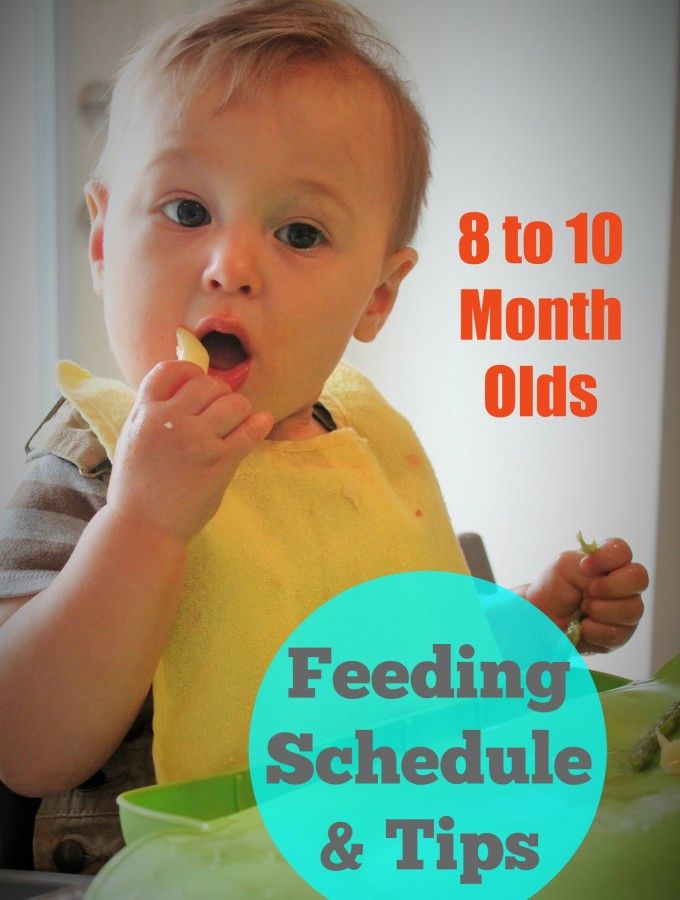
For some reason, nutritional consultants, at least those who met me, do not focus on this for a period of weeks. It seems to me that this is very in vain, since such a backlash will allow mom to calmly determine the degree of readiness of the baby to introduce complementary foods. And this is also very important for the formation of proper eating behavior. nine0003
Feeding food too early can have a negative effect on the formation of the correct nutritional interest . The unpreparedness of the child, in turn, can lead to nervousness of the mother, as the child will refuse complementary foods, or the gastrointestinal tract will fail, then persuasion, dancing with tambourines, and so on. All this alone will not solve the problem. This is already a consequence.
It is important to determine how ready your child is for complementary foods . Not ready - move the start to 6.5 - 6.7 months. It's not critical. nine0003
2 clear signs of readiness for the introduction of complementary foods
- Readiness of the gastrointestinal tract
- Readiness of the nervous system (food interest)
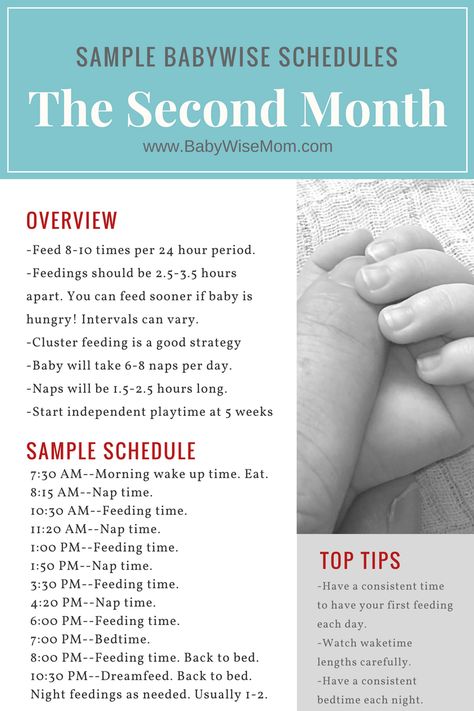 The child did not just take a spoon - but "stretches" for food.
The child did not just take a spoon - but "stretches" for food. Serving size of the first solid food
Your pediatrician will very likely tell you to increase the serving size to 200 grams. At the preparatory stage, this is completely optional! You remember, not a single breastfeeding (mixture) is replaced. This statement also takes its roots from pediatric tables, where a child at 6 months should consume 1 liter of food per day. We divide this into 5 doses - we get 200 milliliters
But we are talking about breast milk (formula). You breastfeed your baby on demand (if formula, then by grams, but also without changing the schedule before complementary foods). Accordingly, this recommendation has no weight until you start replacing one feeding with complementary foods, and this is definitely not the first stage. Unless, of course, you decide to quit breastfeeding early. I am talking about those mothers who plan to breastfeed for at least a year (not even up to 2, as WHO consultants now recommend, although the manual is not so strict and according to the mutual desire of mother and baby). nine0003
nine0003
Myth - Start with canned puree
This myth is actively instilled by the same pediatricians (not all, we have met), scaring mothers with pesticides in purchased zucchini.
WHO guidelines clearly state :
“Ideally, infants should eat the same diet as the whole family” not french fries and burgers. Therefore, if the mother prepares a common table, all seasonings are introduced after the portion of the baby is postponed. Next, a portion of the baby is brought to the desired consistency. nine0003From WHO recommendations:
“Carers should select appropriate foods and prepare them in such a way as to maximize their nutritional value”steam" is preferable to boiling. Therefore, if you have the time and desire, and even more so if you have access to subsistence farming, a blender and a double boiler are in your hands.
Most importantly, read the basic cooking tips if you cook yourself.
And if you decide to stop at canned food, analyze the product lines in your stores, choose the best quality without starch, flour and other surprisingly unnecessary components, and buy according to the complementary food scheme. nine0003
However, the same WHO recommendations say that if you choose industrial cans, you still need to give food from the common table, "to accustom the child to a greater variety of taste sensations and textures." Again, food in pieces should be introduced from 7 months, and in one-component vegetable puree, food will be in the form of puree without pieces. Therefore, you still have to cook at least vegetables for microdoses.
Basic rules for the first phase of introducing complementary foods for the first six weeks
Complementary foods of a new product are introduced in the morning , usually for breakfast
Gradually! Serving size increases from 1/2 tsp.
up to 150 - 200 gr. maximum within 7 days. Some modern pediatricians recommend extending this period at the first stage to 10-14 days. There are no strict requirements, so watch the child's well-being after introducing new food, his mood and appetite in general.
If you need more than 7 days to adapt to a new food, simply extend the proposed complementary feeding schedule over a longer period, adjusting the amount of food introduced. nine0003
At the stage of introduction of complementary foods, the maximum is how much the child wants to eat (even 2-3 tablespoons), but not more than 150 - 200 grams
Remember! At the input stage, the maximum is how much the child wants to eat (even 2-3 tablespoons), but not more than 150 - 200 gr.
And here it should be noted that a child should consume 200 grams of porridge or vegetables at 9-12 months. according to the methodological recommendations of the Russian Academy of Medical Sciences (namely, the "Scientific Center for Children's Health of the Russian Academy of Medical Sciences" of the State Institution "Research Institute of Nutrition of the Russian Academy of Medical Sciences, 2010)
In 6 months.
Serving size - 150 gr. nine0003
At 7 months — 170 gr.
Therefore, your maximum is the one from which month you introduce complementary foods, and not 200 grams
New food is introduced only after complete assimilation of the old
In case some product was rejected, we remove it completely and introduce a new one also according to the scheme. We return to the rejected product no earlier than 14 days. It may take several approaches to try. This is absolutely normal. The child grows, there are more enzymes, tastes change. It is also possible to completely refuse to eat, for example, broccoli. Don't worry, there are many more flavors. Remove the broccoli completely before moving to the common table. Then you will use the method of interest and curiosity to attract the attention of an already grown up baby, with rapture eating the same broccoli from your plate and smacking your lips. It will be much later. And now it doesn't matter. nine0003
Digested products are gradually shifted to lunch, then to dinner.

The time of meals in the scheme is taken conditionally ! You can shift the total time by 1-2 hours to fit your sleep and wake schedule. It is desirable that the meal regimen be maintained at the time you have chosen. If breakfast is at 10:00, then it is always at 10:00 +/-10 min. From the very beginning, the regimen will help you form an understanding of the time of meals. And in the future, it will be easier for the child to control his appetite. That is, the appetite will come around for lunch, dinner, and not "when I want." nine0003
Remember! Biting during the day is a bad habit and your path to the term "little one".
Do not chase volumes at the first stage of introducing complementary foods! Literally from the WHO manual:
“The goal at the initial stage is to teach the child to eat from a spoon. Learn eating habits and enjoy new tastes”“After a FEW WEEKS, the infant should take a small amount (not 200 grams!) of foods selected from a wide variety of foods, 1-2 times a day”
This means that there is no need to frantically increase the volume of new food to a full serving of 150-200 grams!! Provided that you continue to feed on demand, and breast milk remains a priority for up to a year (that is, the completion of all stages of the introduction of complementary foods and the transition to a regular common table).
If you are formula feeding, you are also feeding normally at this stage. Not replacing any feeding with complementary food.
Traditionally weaning starts with cereals or vegetables
Verbatim from WHO recommendations:
“Positive examples include cereals other than wheat, such as home-cooked and mashed rice, soft, thick porridge made from traditional cereal products, and mashed vegetables and fruits”Note that the WHO does not ban the introduction of fruits outright, as recommended by today's complementary food consultants. It is enough to open any chat, where “fruit after meat” will flash here and there. This opinion exists in view of the fact that a child can get used to sweet apples and refuse to eat broccoli.
It is not devoid of common sense. nine0003
Therefore, in order to minimize the possible risk of refusing vegetables, I will be guided by their recommendation in the scheme. Moreover, fruits are not the main meal, but serve for a variety of tastes and as a treat.
If you want to introduce fruits earlier, such as moderately sweet seasonal apples. Below is the serving size in grams also by month from RAMS. However, remember that apples and pears also need to be baked the first time, because. in their raw form, they carry a fairly large load on the digestive tract. Also, we introduce seasonal fruits, no mangoes, bananas or passion fruit, etc., and cooked correctly. nine0003
6 months — 60 g / 7 months — 70 gr.
All products are introduced without the addition of salt, sugar and spices. Note that in the WHO recommendations for the first complementary foods, both cereals and vegetables are good.
In Russian pediatric practice, there is such an experience: The child is "low weight" - start with cereals; problems with stool - with vegetables.

On the one hand, this statement is not without meaning, since the calorie content of cereals is indeed higher than breast milk and vegetables. However, we have already found out that there is no approved serving size at the first stage of the introduction of complementary foods
If the child eats his 150 grams of porridge, then yes. And if he eats 30-50 grams for 3-5 weeks and no more, these recommendations make no logical sense.
However, like the concept of "lightweight" is now so vague. A perfectly normal developing child of small-sized mothers and fathers will never enter the norms of pediatrician tables, which were written back in Soviet times for children on mixtures, and are completely outdated. But even there, and what can we say about the outback, these terrible 600-800-800 grams of the set are in front of mothers' eyes. nine0003
By the way, our child is also the first 4 months. I was gaining about 550-600 grams per month along the lower border, and at 4 and 5 I fulfilled the double norm and only on breast milk.
Our pediatrician, although she works in a private clinic and is in good standing in the reviews, also insisted on complementary foods from 4 months. I refused. And, on the contrary, she moved complementary foods by 6.5 months, when the baby began to actively show food interest.
Why it is recommended to introduce complementary foods with cereals or vegetables
The recommendation to introduce complementary foods with cereals or vegetables, although it belongs to the principles of pediatric complementary foods, has a whole and very strong justification. On the course "Complementary foods with a mustache" a whole block is devoted to this. Namely, the physiological readiness of the gastrointestinal tract to assimilate certain macronutrients. These include proteins, fats and carbohydrates. It may seem that since the maturation of enzymes for proteins occurs earlier, then complementary foods could be introduced, for example, from meat, as it was around the beginning 90's, when meat was recommended as a prevention of iron deficiency.
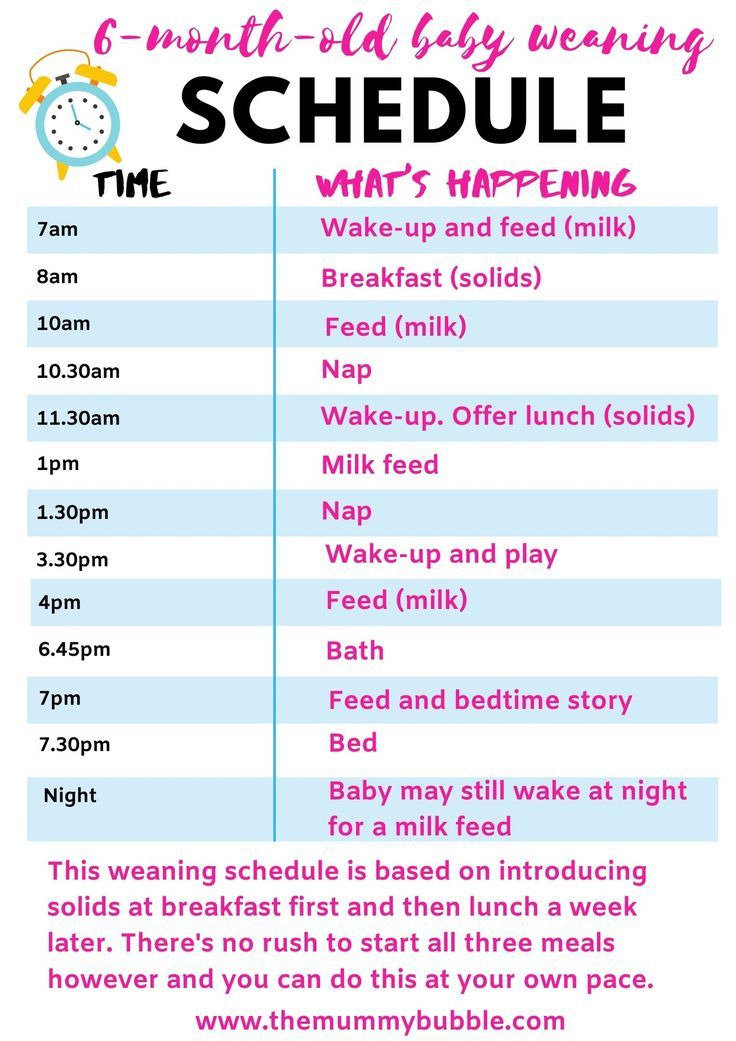
However, later it became clear that the ability of such babies to DIGEST complex meat protein is so small that it can hardly cover the daily requirement. Then it was due to the mother’s need to go to work from 4-6 months, maternity leave was so small, and, accordingly, the preservation of breastfeeding was called into question. And the child needed to be fed. So, back to protein, hydrochloric acid in young children is still produced in negligible amounts, bile to break down complex meat fat (and there are also fats in meat) is also produced negligible, but there is lactic acid. It is she who is needed to curdle milk protein, or mother's milk. nine0003
What else do we cover in the course "Complementary foods wisely"
In the course, of course, we consider this topic in more detail, but in general, I hope you understand why we start introducing complementary foods with lighter foods. The main sign that meat food at this stage is not suitable for the baby is a change in the nature of the stool, it does not just thicken, but becomes fetid.
Communicating with mothers for more than 5 years, I often hear: "And they told me that this is the norm." No, the stench, as you understand, cannot be attributed to the norm even in an adult. It tells us that the environment in the intestine is shifting to the alkaline side, this is the result of putrefactive dyspepsia (when undigested protein particles remain in the intestine for a long time, which feeds pathogenic bacteria). And the next step in this process is constipation. nine0003
We analyze in detail the dangers of constipation in early childhood in the 3rd module of the Gastrointestinal Health school.
The main stages of introducing products, taking into account the physiology of the gastrointestinal tract, are shown in the table. After the first stage of introducing products, when the “Diet Expansion” stage comes, there will no longer be a need to comply with this rule. As foods other than breast milk or BMS are introduced, both stomach and pancreas enzymatic activity will begin to increase, but this takes time.
Even an adult vegetarian, to start eating meat, needs about a month under the "cover" of enzymes, and here is a baby who did not give out this very meat. This is the basis of the main principle of complementary foods: GRADUAL. Now, while in the baby’s body everything is set up for digesting breast milk, even the activity of gastric lipase now matters, while in adults it does not play any role in the process of digesting fats. nine0003
When should an infant not be introduced to complementary foods?
- The child is unwell, teething
- A vaccination is due
- A stressful situation is coming for the child that you know about (a trip, a large number of people at home or going to visit, going to a clinic, etc.)
Better in these cases maintain the most familiar conditions for the child and minimize stress. Since we remember that the main food at the stage of introducing complementary foods is breast milk, it is more important to maintain interest in it.
nine0003
Scheme and table of the first stage of introducing complementary foods to a child for 6 weeks - based on the recommendations of WHO and RAMS
- The most hypoallergenic vegetables are introduced first: zucchini - cauliflower - broccoli
- Gluten-free cereals: buckwheat, rice, corn
- Grams cost conditionally, in proportion to the days of entry and the maximum serving size (the first day is always 0.5 teaspoon)
First week
We introduce the most hypoallergenic vegetable - zucchini
Second week
Since porridge is traditionally served for breakfast, vegetables are gradually transferred to lunch. At the first stage of entering vegetables, see how it is more convenient for you.
Or give two kinds of vegetables for breakfast. Or immediately share for breakfast - lunch. I would divide it up to better control the gastrointestinal reaction and allergies
Third week
Similar to the second week, for breakfast instead of cauliflower - broccoli, for lunch zucchini or cauliflower (alternate if both were digested, if not, the product that mastered)
Fourth week
We introduce cereals in the sequence buckwheat - rice - corn grits for breakfast. For lunch, we eat any vegetables already entered in the amount of your maximum (zucchini, cabbage or their mixes). After assimilation of cereals, we add vegetable oil to them. By the end of this period, the child is offered complementary foods 2 times a day in its maximum volume (150 grams per 1 serving)
Fifth week
Taking into account the fact that in the recommendations of the Russian Academy of Medical Sciences, cereals are always offered in the morning, we cook 2 types of cereals in the morning.
Vegetables are left for lunch in the amount of your "full portion" (150 - 170 grams)
Sixth week
Further, by analogy, corn porridge is introduced for breakfast. And for breakfast, rice and buckwheat are left in turn. Also decreasing in volume as the corn porridge increases. Lunch no change - vegetables in the amount of your "full serving" (150 - 170 grams per serving)
Not sure? I also decided that everything is somehow complicated, and therefore I brought everything into one table. Below is a link to download it.
Complementary feeding table for the first 6 weeks
Here is an image with a table below, if you click on it, you can download a PDF file with a complementary feeding table for the first 6 weeks. It also contains grammar and more and more clearly Ska download PDF file - Scheme and table for introducing complementary foods to a child for the first 6 weeks - based on WHO recommendations.
This table can be your sample plan for introducing complementary foods .It also has free cells in which you can put dates and get complementary feeding calendar .
After you have completed these 6 weeks, the first stage of complementary feeding can be considered complete. You can either replace the remaining vegetables at the first stage, for example, if something from the first three does not work, or introduce gradually at the second stage already with meat and fruits. This will be even better since they are more allergenic. nine0003
A little breast milk (or formula) can be added to ready-made porridge and puree for taste, as I wrote earlier. ☝️ Do not cook! Don't forget to add vegetable oil. By the end of the first stage, the volume of vegetable oil will be about 3 grams. More detailed information on the steps for entering products and quantities in the table below. It will also come in handy for 2-4 stages.
Next comes the second stage of the introduction of complementary foods. I will talk about its features in a separate article, also based on the recommendations of WHO and RAMS.
nine0003
Complementary feeding scheme with cereals
Gluten-free and milk-free cereals are introduced first. This is important in order to minimize the risk of developing an allergy to gluten and cow's milk protein. There is a detailed article about gluten and “what it is eaten with” on the website. Gluten-free is buckwheat, rice, corn (like cereals). At the first stage, these tastes are enough for the child.
To get a scheme for introducing complementary foods from cereals, you just need to swap all cereals with vegetables in the "scheme for introducing complementary foods from vegetables" (above in this material). That is, first we put buckwheat instead of zucchini, then rice instead of cauliflower - corn porridge instead of broccoli. Then come vegetables zucchini - cauliflower - broccoli. Grams remain unchanged. nine0003
Important points during the introduction of complementary foods
- Be sure to monitor the child's condition and his reactions to the introduction of new foods.
A food diary can help you with this. So you can understand what and when you gave, if you see an allergy or problems with the stool, or a change in the general condition. When most of the products have already been introduced, you can refuse it.
- When weaning begins, start offering water if the baby is breastfed without supplementation. At this stage, there is no mandatory rule. How much he drinks, how much he drinks. Water is better to offer raw purified or baby water, not boiled. As Dr. Komarovsky says: "boiled water does not exist in nature." nine0022
What to breastfeed or complementary foods first?
On page 229 of chapter 8 of the WHO recommendations it is clearly stated:
“Food should be offered after breastfeeding to avoid replacing breast milk with complementary foods”
At the same time, counselors say, on the contrary, “drink complementary foods with breast milk”. Again a mismatch.
It is logical that it would be more convenient for the baby to drink complementary foods that are not very tasty.
Pediatrician Yakov Yakovlev writes about the same thing and believes that not everyone wants some kind of complementary foods after milk, and this issue needs to be approached individually. After 6 months the risk of reduced lactation is not great. nine0003
Breastfeeding remains the main source of nutrition for a baby up to a year. Unless, of course, you decide for some reason to complete it earlier. Then you switch not to complementary foods, but to a mixture and give it according to the schedule and in volumes already according to age.
It will be possible to replace feeding after all stages of introduction of products are completed, namely after a year. The child goes to the common table, and breast milk remains a pleasant bonus as long as it brings mutual pleasure to mother and child. In general, the WHO recommends that breastfeeding be stopped until 2 years of age. Russian science is not so categorical. nine0003
The main and most important rule for introducing complementary foods!
- Complementary foods are not forced! If you see, the child categorically does not eat what is offered, spits, hysteria (not just pushes out with his tongue, but does not even try to taste it), no matter how the grandmothers, the pediatrician, the husband and even the neighbor who has a child at 6 months old insist.
already ate a baked apple, ☝️ leave this venture for at least a week - or even two. No violence, no shoving, worse than being held at the table. This is an indicator that the time has not yet come for your baby. nine0069
- Create your first food interest! Sit on your knees when you eat, show food, spoons, plates. Let everything touch. Just remove anything dangerous, sharp, hot or valuable and expensive from the access area. Babies learn so quickly that you won't even notice how the baby himself or herself takes a spoon. Even if you do not remember anything written above, this point is the most important. Understanding that everything has its time will save your nerves. And for a baby, a calm and affectionate mother is more important than a belly stuffed according to outdated rules. nine0022
Conclusion
If your child eats with appetite, learns new tastes well, is ready to eat more, you will pass the first stage in 6 to 8 weeks. Or it may happen that the child does not want to eat first one, then the other.
Then the preparatory stage of the introduction of complementary foods may be delayed and this is not critical.
The main thing is to keep calm and composure, look with the child for tastes that he will like in order to form the basis of dishes for the second stage, with which you will experiment further. The second stage begins with the introduction of meat and fruits (I indicated why above). And by the end of it, you will already get mixes: meat - vegetables, porridge - fruits. We will look at this in another article. nine0003
Love children! Feed confidently!
This material was created based on the recommendations of the WHO "Feeding and Nutrition of Infants and Young Children"
If you have read the article in full and watched all the videos on this page - this is a real reason to be proud of yourself! Below is my set of tutorials!
My name is Alena Ponedelko. I am a pediatric nutritionist with a preventive approach, a consultant on complementary foods, nutrition for babies and mothers.


